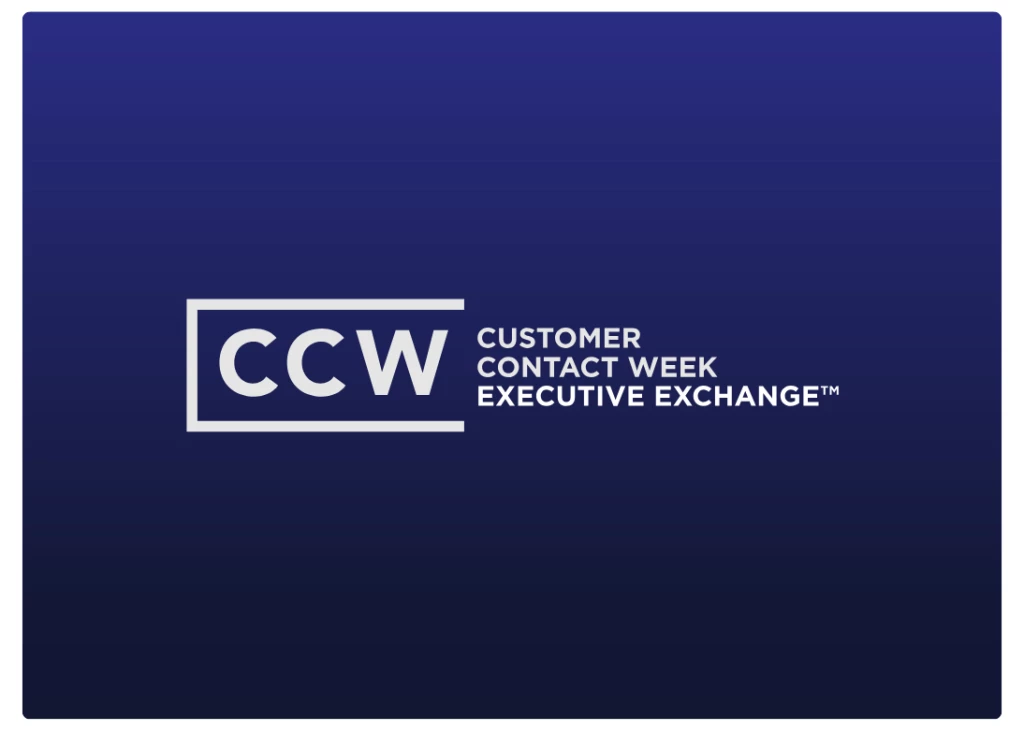What Are Your Contact Center Metrics Really Telling You?
Add bookmark
One of the great things about the contact center as a workplace is the ready availability and near-instant access to metrics — measures of quality and productivity. Unfortunately, however, this easy access often results in a short-sighted assessment of what the numbers really mean.
Five Key Metrics to Assess Contact Center Agents
Following is an examination of what might be lurking behind five of the key metrics used to assess contact center agents.
1. Average Handle Time (AHT): This is one of the most commonly used metrics and a favorite with contact center management. And that makes perfect sense: If calls can be handled quickly and efficiently, everyone wins, right? The problem is that quick does not always mean efficient.
When agents are told (and in some cases incentivized) to keep AHT low, they tend to focus primarily on call length and will take all reasonable shortcuts to keep it short. There are a number of possible pitfalls:
- The agent may be missing (or skipping) opportunities to cross-sell, up-sell, or provide the customer with valuable education/information.
- The agent may do away with small but crucial courtesies — thanking a caller for holding, executing a warm transfer, building rapport-that factor into customer satisfaction.
- The call flow might omit the step of updating a customer’s account data or otherwise capturing valuable information that can only be obtained during a live contact.
- The key to success is to maintain a strategic equilibrium between AHT numbers and other metrics such as customer satisfaction, first-contact resolution, and revenue per call.
2. After Call Work (ACW), also known as "Wrap Time": It’s easy to understand why this metric is so commonly used in centers-a key factor of workforce management is making sure agents are moving briskly from one call to the next. That being said, I’ve repeatedly seen the hazards of overemphasizing this metric. The problem is this: Getting that extra few moments (not even minutes) between calls can make all the difference to an agent’s ability to handle the next call with a positive, professional attitude.
If ACW is a metric that is stressed in your center, make sure you put other measures in place to guard against agent fatigue, low morale, high turnover rate, and a poor relationship between agents and management.
One tip that might prove helpful is to hold agents to a stringent ACW standard during periods of high volume but then ease up on it once or twice per shift, as call volume relaxes.
3. Staff shrinkage: This metric refers to the amount of time that employees are on the clock but not available to handle calls. Granted, call handling is an agent’s primary job role, but if the expectation related to shrinkage (and the related measure of "utilization") is too severe, it’s likely to create issues of low morale and high turnover.
When call center agents are given sufficient time for training and career path projects, not only are they more knowledgeable and productive, but they also tend to feel like well-rounded employees. This in turn can lead to higher performance, increased employee engagement and satisfaction, and lower turnover.
4. Call Volume: Every Operations manager knows the euphoria of high call volume (unless, of course, the calls are flooding into a customer-complaint line). Typically, high call volume signals sales success, popularity with customers, and job security.
To ensure that your call volume readings aren’t giving you a "false positive," you need checks and balances in place to confirm that:
- These calls aren’t callbacks from customers who ideally would have had their needs met the first time.
- Customers are not calling in with needs that you prefer be handled through a different channel (e-mail, self-serve FAQ, etc.).
5. First-Contact Resolution (FCR): It’s difficult to come up with any cautions against using first-contact resolution as a key metric in your call center. This tends to be an essential measure relevant to profitability, efficiency, and customer satisfaction-and it’s one that I consistently espouse for call center performance optimization. So, if you’re not yet measuring this one, start now.
That being said, there is one pitfall that I’ve occasionally seen in technical support environments: There’s a danger that agents, striving for FCR, will stay on the phone too long when in fact the customer would be better served by a callback (after the agent has done additional research or consulted with the appropriate peers).
Think of metrics as more a scale than a yardstick. The data yield weights and counterweights that help you to achieve that all-important balance between quality, productivity, customer service, and employee satisfaction.





















